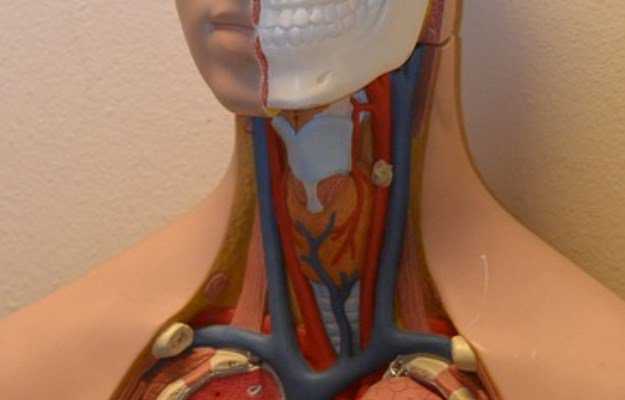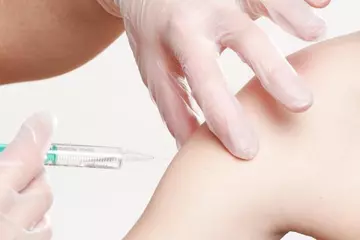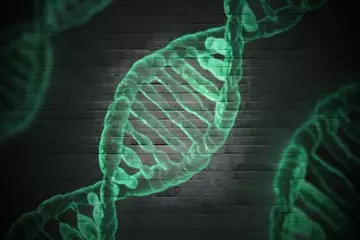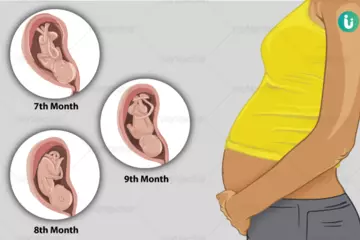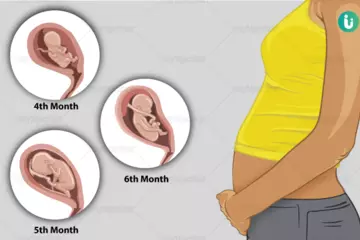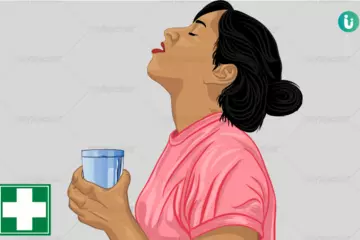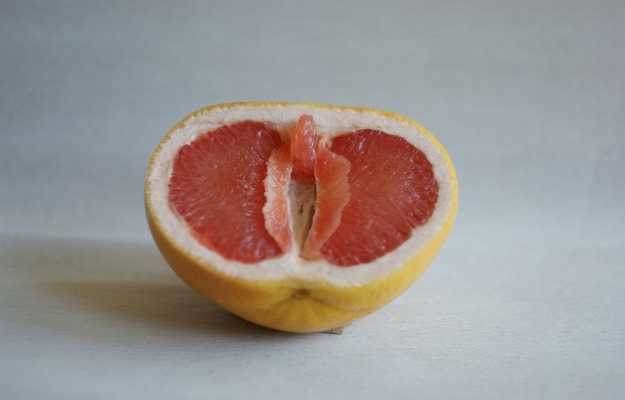What is Achalasia?
Achalasia is a rare but serious condition that affects the food pipe (oesophagus). It affects both sexes equally, and although it may occur at any age, the peak incidence is between the ages of 30-70 years. Achalasia usually takes years to develop.
Normally, the oesophageal muscles contract and relax alternatively (known as peristalsis) to push the food down towards the stomach. The lower end of the oesophagus is attached to the stomach with the help of a ring-like muscular valve (lower oesophageal sphincter), which relaxes to allow the entry of food into the stomach. In achalasia, there is a problem with both the processes. The muscles of the oesophagus do not contract and relax properly, and the ring-like muscular valve does not relax or fails to relax incompletely, causing the food to get trapped at the base of the food pipe leading to discomfort and unpleasant symptoms.
What are the main signs and symptoms?
People with achalasia usually have difficulty in swallowing food and liquids (dysphagia). Over time, if left untreated, the condition worsens and swallowing may become impossible. Also, if left untreated, there is a minor risk that it may develop into cancer of the food pipe. Therefore, it is essential to treat achalasia at the earliest appearance of symptoms.
Other symptoms include:
- A burning sensation in the chest.
- Choking over the swallowed food.
- Fits of a cough.
- Pain or discomfort after having food.
- Vomiting the food after swallowing.
- Gradual but significant weight loss.
The symptoms of achalasia mimic symptoms of gastroesophageal reflux disease (in which the stomach contents flow back into the food pipe), oesophageal perforation (a rupture of the food pipe), and oesophageal cancer.
If you are tired of dieting and exercising and are not able to lose weight, then use myUpchar Ayurveda Medarodh Fat Burner Capsule, it has no side effects, order it today and avail the benefits.
What are the main causes?
Damage to the oesophageal nerves and the subsequent loss of their function leads to achalasia. Furthermore, the muscular valve and food pipe do not function properly.
Achalasia is also linked to viral infections, autoimmune conditions, and heredity.
How is it diagnosed and treated?
Achalasia is usually diagnosed by:
- Barium Swallow
A simple procedure in which barium sulphate flows down the oesophagus and X-rays are taken. This is done to see the oesophagus structurally and to know how long the food takes to move down into the stomach - Oesophageal Manometry
This procedure takes 45 minutes and is done to visualise the strength and motility of the oesophageal muscles along with the function of the muscular valve. - Endoscopy
A thin tube is passed down the throat to directly picture the lining of the oesophagus, the muscular ring at the end of it, and the stomach.
Achalasia has no cure, but treatment helps in relieving the symptoms.
- Medical Care
- Nitrates and calcium channel blockers help in reducing the pressure of the lower oesophageal sphincter, which makes swallowing easier.
- Botulinum toxin (Botox) injected into the muscular ring through an endoscope will help it relax. However, the effect is not long lasting and most people require repeated Botox shots.
- Under anaesthesia, a balloon is passed through the oesophagus and is then inflated to stretch the valve at the lower end of the food pipe. This is referred to as balloon dilatation.
- Surgical Care
Under general anaesthesia, the fibres of the lower oesophageal sphincter are cut. It is done using a laparoscope, ensuring faster recovery time and a shorter hospital stay.

 OTC Medicines for Achalasia
OTC Medicines for Achalasia

